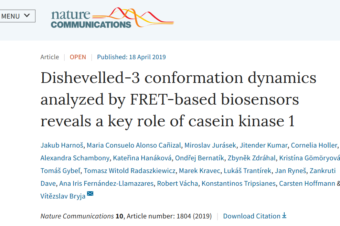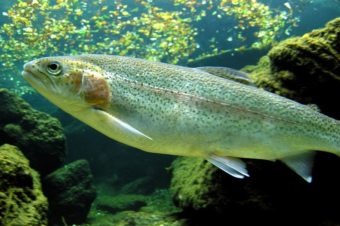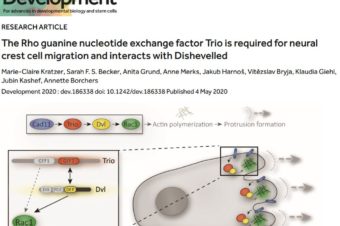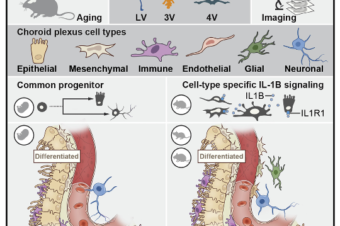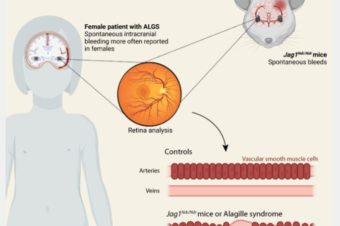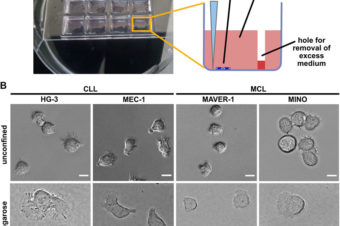Abstract:
In this study we use comparative genomics to uncover a gene with uncharacterized function (1700011H14Rik/C14orf105/CCDC198), which we hereby name FAME (Factor Associated with Metabolism and Energy). We observe that FAME shows an unusually high evolutionary divergence in birds and mammals. Through the comparison of single nucleotide polymorphisms, we identify gene flow of FAME from Neandertals into modern humans. We conduct knockout experiments on animals and observe altered body weight and decreased energy expenditure in Fame knockout animals, corresponding to genome-wide association studies linking FAME with higher body mass index in humans. Gene expression and subcellular localization analyses reveal that FAME is a membrane-bound protein enriched in the kidneys. Although the gene knockout results in structurally normal kidneys, we detect higher albumin in urine and lowered ferritin in the blood. Through experimental validation, we confirm interactions between FAME and ferritin and show co-localization in vesicular and plasma membranes.
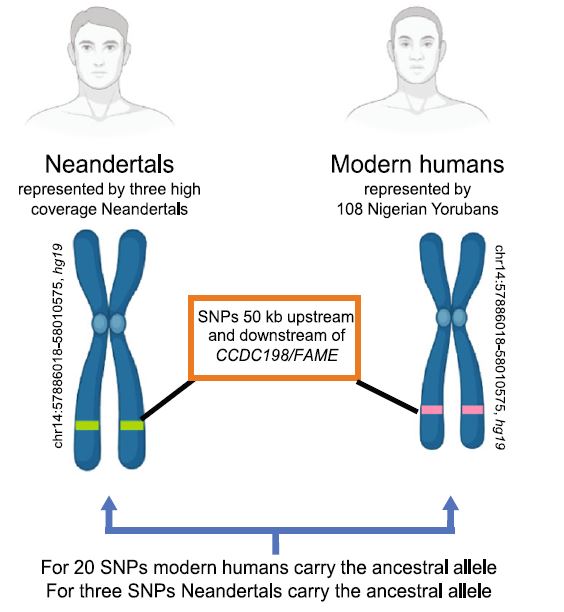
Single nucleotide polymorphisms (SNPs) for which Neanderthals (n = 3) and Yorubans (n = 108) homozygously carry different alleles. Genomic coordinates are in hg19. The ancestral alleles were taken from Ensembl90 and the Neanderthal alleles from previously published genomes27,28.
Authors:
Julian Petersen 1, Lukas Englmaier 2,3, Artem Artemov 4, Irina Poverennaya 4, Ruba Mahmoud 5, Thibault Bouderlique 4, Marketa Tesarova 6, Ruslan Deviatiiarov 7,8, Anett Szilvásy-Szabó 9, Evgeny Akkuratov 10,11, David Pajuelo Reguera 12, Hugo Zeberg 13,14, Marketa Kaucka 15, Maria Eleni Kastriti 4,14, Jan Krivanek 16, Tomasz Radaszkiewicz 17, Kristína Gömöryová 17, Sarah Knauth 5 , David Potesil 18, Zbynek Zdrahal 18, Ranjani Sri Ganji 18, Anna Grabowski 4, Miriam Buhl 19, Tomas Zikmund 6, Michaela Kavkova 6,16 , Håkan Axelson 20, David Lindgren 20, Rafael Kramann 21, Christoph Kuppe 21, Ferenc Erdélyi 22, Zoltán Máté 22, Gábor Szabó 22, Till Koehne 5, Tibor Harkany 23, Kaj Fried 14, Jozef Kaiser 6, Peter Boor 19, Csaba Fekete 9, Jan Rozman 12,24, Petr Kasparek 12, Jan Prochazka 12, Radislav Sedlacek 12, Vitezslav Bryja 17, Oleg Gusev 8,25,26, Igor Adameyko 27,28
Affiliations
- 1 Department of Orthodontics, University Leipzig Medical Center, Leipzig, Germany. julian.petersen@medizin.uni-leipzig.de.
- 2 CeMM Research Center for Molecular Medicine of the Austrian Academy of Sciences, 1090, Vienna, Austria.
- 3 Ludwig Boltzmann Institute for Rare and Undiagnosed Diseases, 1090, Vienna, Austria.
- 4 Department of Neuroimmunology, Center for Brain Research, Medical University Vienna, Vienna, Austria.
- 5 Department of Orthodontics, University Leipzig Medical Center, Leipzig, Germany.
- 6 Central European Institute of Technology, Brno University of Technology, Brno, Czech Republic.
- 7 Regulatory Genomics Research Center, Institute of Fundamental Medicine and Biology, Kazan Federal University, Kazan, Russia.
- 8 Endocrinology Research Center, Moscow, Russia.
- 9 Laboratory of Integrative Neuroendocrinology, Institute of Experimental Medicine, 1083, Budapest, Hungary.
- 10 Department of Applied Physics, Royal Institute of Technology, Science for Life Laboratory, 171 65, Stockholm, Sweden.
- 11 University of Oxford, MRC Weatherall Institute of Molecular Medicine, Radcliffe Department of Medicine, Oxford, OX3 9DS, UK.
- 12 Institute of Molecular Genetics of the Czech Academy of Science, Czech Centre for Phenogenomics, Vestec, Czech Republic.
- 13 Department of Neuroscience, Karolinska Institutet, Stockholm, Sweden.
- 14 Department of Physiology and Pharmacology, Karolinska Institutet, Stockholm, Sweden.
- 15 Max Planck Institute for Evolutionary Biology, Plön, 24306, Germany.
- 16 Department of Histology and Embryology, Faculty of Medicine, Masaryk University, Brno, Czech Republic.
- 17 Institute of Experimental Biology, Faculty of Science, Masaryk University, Brno, Czech Republic.
- 18 Central European Institute of Technology, Masaryk University, Brno, Czech Republic.
- 19 Institute of Pathology & Electron Microscopy Facility, RWTH Aachen University Hospital, Aachen, Germany.
- 20 Translational Cancer Research, Department of Laboratory Medicine, Lund University, Medicon Village, Scheelevägen 2, Lund, Sweden.
- 21 Institute of Experimental Medicine and Systems Biology, RWTH Aachen University, Aachen, Germany.
- 22 Medical Gene Technology Unit, Institute of Experimental Medicine, Budapest, Hungary.
- 23 Department of Molecular Neurosciences, Center for Brain Research, Medical University Vienna, Vienna, Austria.
- 24 Luxembourg Centre for Systems Biomedicine, University of Luxembourg, 6, avenue du Swing, 4367, Belvaux, Luxembourg.
- 25 Intractable Disease Research Center, Graduate School of Medicine, Juntendo University, Tokyo, Japan.
- 26 Center for Integrative Medical Sciences, RIKEN, Yokohama City, Kanagawa, Japan.
- 27 Department of Neuroimmunology, Center for Brain Research, Medical University Vienna, Vienna, Austria. igor.adameyko@meduniwien.ac.at.
- 28 Department of Physiology and Pharmacology, Karolinska Institutet, Stockholm, Sweden. igor.adameyko@meduniwien.ac.at.
# Contributed equally.
